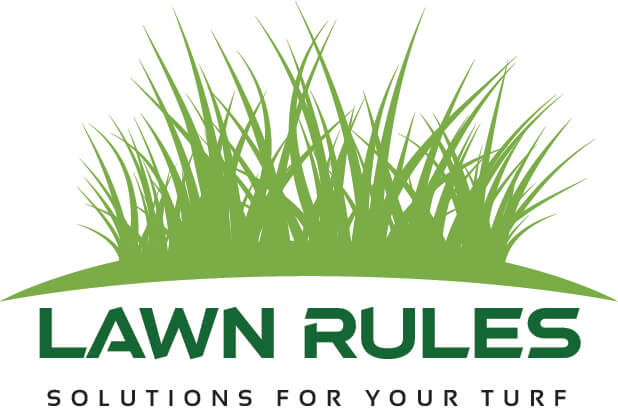Introduction
A lush, healthy lawn can be a source of pride for homeowners, but the presence of weeds can quickly undermine its beauty and health. To maintain an attractive lawn, it’s essential to use an effective lawn weed killer. In this guide, we will explore the various options available and offer tips on selecting the right weed killer to keep your yard weed-free.
Understanding Lawn Weeds
Weeds are unwanted plants that compete with your lawn for nutrients, water, and sunlight. Common lawn weeds include dandelions, crabgrass, clover, and broadleaf weeds. To effectively combat them, you need to understand the types of weeds in your lawn and choose the appropriate weed killer.
Types of Lawn Weed Killers
- Pre-Emergent Weed Killers:
- These products prevent weed seeds from germinating in your lawn. They are best used in the spring before weeds appear.
- Post-Emergent Weed Killers:
- Post-emergent weed killers are used to target and kill existing weeds in your lawn. They are available in selective and non-selective forms.
- Selective weed killers target specific types of weeds without harming your grass, while non-selective weed killers will kill any plant they come into contact with.
- Systemic vs. Contact Weed Killers:
- Systemic weed killers are absorbed by the plant and travel throughout, killing it from the inside. Contact weed killers work on direct contact with the weed.
- Organic Weed Killers:
- Organic or natural weed killers use ingredients like vinegar, salt, or essential oils to kill weeds. They are environmentally friendly but may need multiple applications.
Selecting the Right Lawn Weed Killer
- Identify Your Weeds:
- The first step in choosing the right weed killer is identifying the types of weeds in your lawn. Different weeds may require different treatments.
- Consider Selectivity:
- If you have a well-established lawn, consider using selective weed killers to target specific weeds without harming your grass.
- Timing Matters:
- Apply pre-emergent weed killers in the spring to prevent weed growth. Post-emergent weed killers are most effective when weeds are actively growing.
- Coverage Area:
- Determine the coverage area of the product to ensure you have enough to treat your entire lawn.
- Environmental Impact:
- Consider the environmental impact of the weed killer you choose. Organic options are less harmful to the environment.
- Safety:
- Follow safety guidelines, wear protective gear, and keep children and pets away from treated areas.
- Persistence and Residual Effects:
- Some weed killers have persistent effects in the soil, which can affect future plantings. Be aware of this if you plan to reseed or grow new plants in treated areas.
- Read and Follow Instructions:
- Always read and follow the manufacturer’s instructions for application and safety precautions.
- Choosing the Right Lawn Weed Killer: A Guide to a Weed-Free Yard
- Introduction
- A lush, healthy lawn can be a source of pride for homeowners, but the presence of weeds can quickly undermine its beauty and health. To maintain an attractive lawn, it’s essential to use an effective lawn weed killer. In this guide, we will explore the various options available and offer tips on selecting the right weed killer to keep your yard weed-free.
- Understanding Lawn Weeds
- Weeds are unwanted plants that compete with your lawn for nutrients, water, and sunlight. Common lawn weeds include dandelions, crabgrass, clover, and broadleaf weeds. To effectively combat them, you need to understand the types of weeds in your lawn and choose the appropriate weed killer.
- Types of Lawn Weed Killers
- Pre-Emergent Weed Killers:
- These products prevent weed seeds from germinating in your lawn. They are best used in the spring before weeds appear.
- Post-Emergent Weed Killers:
- Post-emergent weed killers are used to target and kill existing weeds in your lawn. They are available in selective and non-selective forms.
- Selective weed killers target specific types of weeds without harming your grass, while non-selective weed killers will kill any plant they come into contact with.
- Systemic vs. Contact Weed Killers:
- Systemic weed killers are absorbed by the plant and travel throughout, killing it from the inside. Contact weed killers work on direct contact with the weed.
- Organic Weed Killers:
- Organic or natural weed killers use ingredients like vinegar, salt, or essential oils to kill weeds. They are environmentally friendly but may need multiple applications.
- Selecting the Right Lawn Weed Killer
- Identify Your Weeds:
- The first step in choosing the right weed killer is identifying the types of weeds in your lawn. Different weeds may require different treatments.
- Consider Selectivity:
- If you have a well-established lawn, consider using selective weed killers to target specific weeds without harming your grass.
- Timing Matters:
- Apply pre-emergent weed killers in the spring to prevent weed growth. Post-emergent weed killers are most effective when weeds are actively growing.
- Coverage Area:
- Determine the coverage area of the product to ensure you have enough to treat your entire lawn.
- Environmental Impact:
- Consider the environmental impact of the weed killer you choose. Organic options are less harmful to the environment.
- Safety:
- Follow safety guidelines, wear protective gear, and keep children and pets away from treated areas.
- Persistence and Residual Effects:
- Some weed killers have persistent effects in the soil, which can affect future plantings. Be aware of this if you plan to reseed or grow new plants in treated areas.
- Read and Follow Instructions:
- Always read and follow the manufacturer’s instructions for application and safety precautions.
- Conclusion
- A weed-free lawn not only enhances the beauty of your property but also promotes the health of your grass. To achieve this, it’s essential to choose the right lawn weed killer based on the type of weeds you’re dealing with, selectivity, environmental impact, and safety considerations. By following the guidelines in this guide and applying weed killers effectively, you can enjoy a lush and weed-free lawn that adds to the appeal of your home
Conclusion
A weed-free lawn not only enhances the beauty of your property but also promotes the health of your grass. To achieve this, it’s essential to choose the right lawn weed killer based on the type of weeds you’re dealing with, selectivity, environmental impact, and safety considerations. By following the guidelines in this guide and applying weed killers effectively, you can enjoy a lush and weed-free lawn that adds to the appeal of your home





